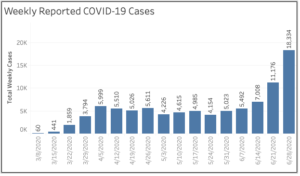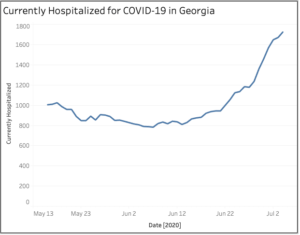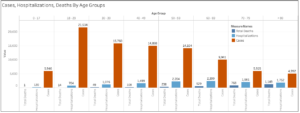In 2023, I was elected to the Georgia Tech (GT) Faculty Executive Board (FEB), and in January of 2024, I was elected as the Chair of FEB. Many colleagues and friends have asked me since then about what that means, and what is it that the chair of the FEB does. Before I dive there, let me first talk about faculty governance. If you’re part of an academic institution, you’ve probably heard of it, but do you really know what it entails? Let’s break it down, especially focusing on the FEB.
What’s the Deal with Shared Governance?
At Georgia Tech, shared governance means that faculty members have a significant say in how things are run. It’s not just about teaching and research; it’s about shaping the whole academic environment. According to the GT Faculty Handbook, faculty have the right and responsibility to manage their own governance, handle student-related policies, and set up committees for various tasks. This is crucial for maintaining high educational standards and ensuring that the faculty’s voice is heard.
So, what exactly does the FEB do?
Think of it as the faculty’s executive branch. It’s there to tackle immediate concerns, coordinate the activities of various committees, and make decisions on urgent matters. Here’s a quick rundown of its main responsibilities:
- Serving as the executive body of the faculty
- Coordinating activities of standing committees
- Acting on time-sensitive issues between faculty meetings
- Planning faculty programs and setting meeting agendas
- Updating the list of job titles within the academic or research faculty
The FEB doesn’t work alone. It oversees several standing committees that focus on different aspects of faculty and student life. These include committees on benefits, honors, grievances, curriculum, and academic integrity, among others. Each committee plays a role in ensuring that various issues are addressed comprehensively and effectively.
One of the key roles of the FEB is to represent faculty views to the administration. It’s about finding common ground and resolving any mismatches in priorities or approaches. Trust is built through open communication, presenting solutions, and balancing top-down directives with grassroots input from faculty members.
The FEB is driven by values like high academic standards, progress and strategic growth, capacity building, academic freedom, free speech, diversity, equal opportunity, and retention. These aren’t just buzzwords – they guide the FEB’s actions and ensure that the faculty’s work aligns with the broader goals of GT, creating a supportive and progressive academic environment.
The FEB is all about giving faculty a real voice in the institution’s governance. It’s a mix of handling immediate concerns, coordinating various committees, and ensuring that faculty interests are well-represented to the administration. This collaborative approach ensures that the faculty can contribute to maintaining and enhancing the high standards of education at GT.
Before taking on the role of Chair, I served as Vice Chair and worked closely with the previous Chair, Karie Davis-Nozemack, and the Secretary of the Faculty, Rhett Mayor. This experience was invaluable, allowing me to learn the ropes and understand the intricacies of faculty governance. Now, as Chair, I will continue this tradition by working with our new Vice Chair. My constant collaboration with the Secretary of the Faculty, Rhett Mayor, allows us to be efficient and effective at navigating complex situations before they boil over. This transition and collaboration ensure that our governance has a broader base of understanding, more diverse networks, and a stronger institutional memory and knowledge of policies. It’s like passing the baton in a relay race, each of us building on the work of our predecessors and preparing our successors for future challenges.
So, the next time you hear about the FEB or faculty governance, you’ll know just how crucial it is for keeping the academic wheels turning smoothly. Consider volunteering to serve on the senate or a standing committee, join us at faculty meetings and administrative town halls. Got any questions or thoughts on this? Emails me – let’s keep the conversation going!

















